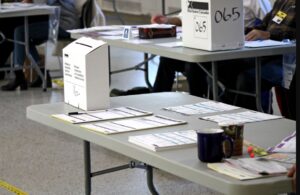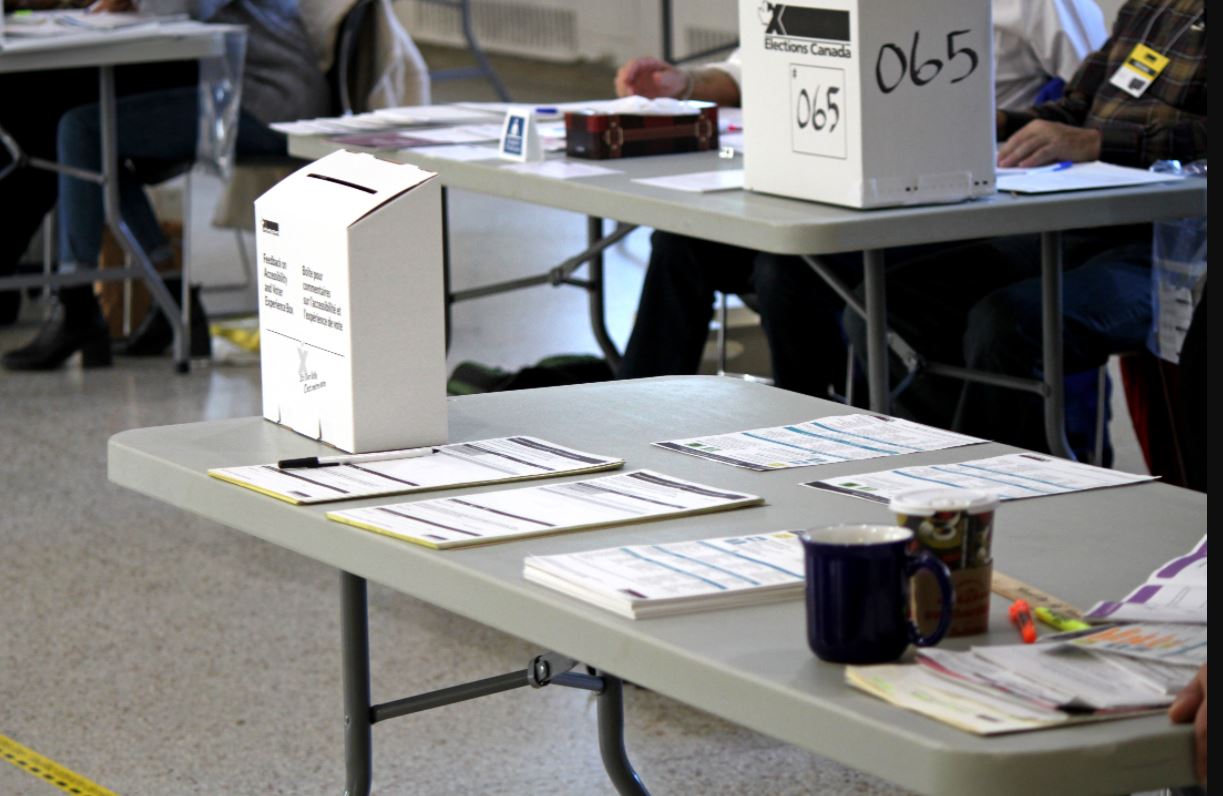Liberal-conservatives still neck and neck

TORONTO – Liberals and Conservatives separated by a handful of votes, NDP sharply detached, Bloc growing in Quebec and Greens and People’s Party in trouble. In the second week of this summer election campaign, all the polls confirm that the balance of power between the parties in the running has now stabilized, with Erin O’Toole’s Tories patiently continuing to erode the support for the Liberals of outgoing Prime Minister Justin Trudeau and with the certainty, now established, that regardless of the results of September 20, also in the next legislature the country will be led by a minority government. The numbers, on the other hand, leave very little hope for those who have the ambition to win the absolute majority of the seats at stake in this election: no one, in fact, seems able to reach 170, the minimum number of deputies necessary to have an absolute majority in the House of Commons.
Today, four surveys were published at the same time which, albeit with different nuances, confirm the general trend in recent days. According to nanos’ opinion study, tory and grit are in substantial parity. If we were to vote at this time, the Liberals would collect 33.5% of the vote against the Conservatives’ 33.3%. The NDP was clearly detached, standing at 18.9 percent.
Mirror the results of the second poll, the one carried out by Ipsos, according to which the party led by Trudeau would be at 33 percent, while that of O’Toole would reach 32 percent, with the neo-Democrats stuck at 21 percent. In this case, the Liberals would have squandered a five percentage point lead they had last week.
The numbers of the third opinion poll do not differ much. According to an Angus Reid poll, the Liberal Party does not exceed 33 percent of voting intentions, followed by the Conservative Party at 31 percent, with the party led by Jagmeet Singh still anchored at 22 percent.
Finally, the fourth poll, that of Abacus, is more generous towards the party of the outgoing prime minister. According to this opinion study, the Liberals would collect 33 percent of the vote, the Conservatives 29 percent (an increase of one percentage point compared to last week), while the NDP would go from 22 to 23 percent in voting intentions.
In any case, it remains to be seen how this balance of power will be translated into the individual constituencies. Liberals continue to enjoy strong support in Ontario, Quebec and all the Atlantic provinces (Nova Scotia, New Brunswick and Prince Edward Island) while conservatives are clearly ahead in the West, Manitoba, Saskatchewan and especially Alberta. The situation in British Columbia is very volatile, where all three major federal parties have legitimate aspirations to win a majority of the 42 federal districts at stake.
According to the opinion polls, however, at least at this moment the balance of power in B.C. should remain almost unchanged from the elections two years ago. In 2019, in fact, the Conservatives won 17 seats in this province, against the 11 of the Liberals and the NDP and the 2 of the Green Party. According to projections, the Liberal Party should add at least one seat, with another 7 districts where the candidates of the various parties are protagonists of a head-to-head with an uncertain outcome.
Finally, a latest poll released Monday night, that of Mainstreet Research, highlights how Liberals can still enjoy a distinct advantage over conservatives in the Greater Toronto Area. Here Trudeau’s party would be at 43 percent, while the Conservatives would not exceed 29 percent. The NDP, on the other hand, would once again be nailed to 20 percent, not far from the results of the 2019 election, when Singh’s party took 16 percent nationally.



